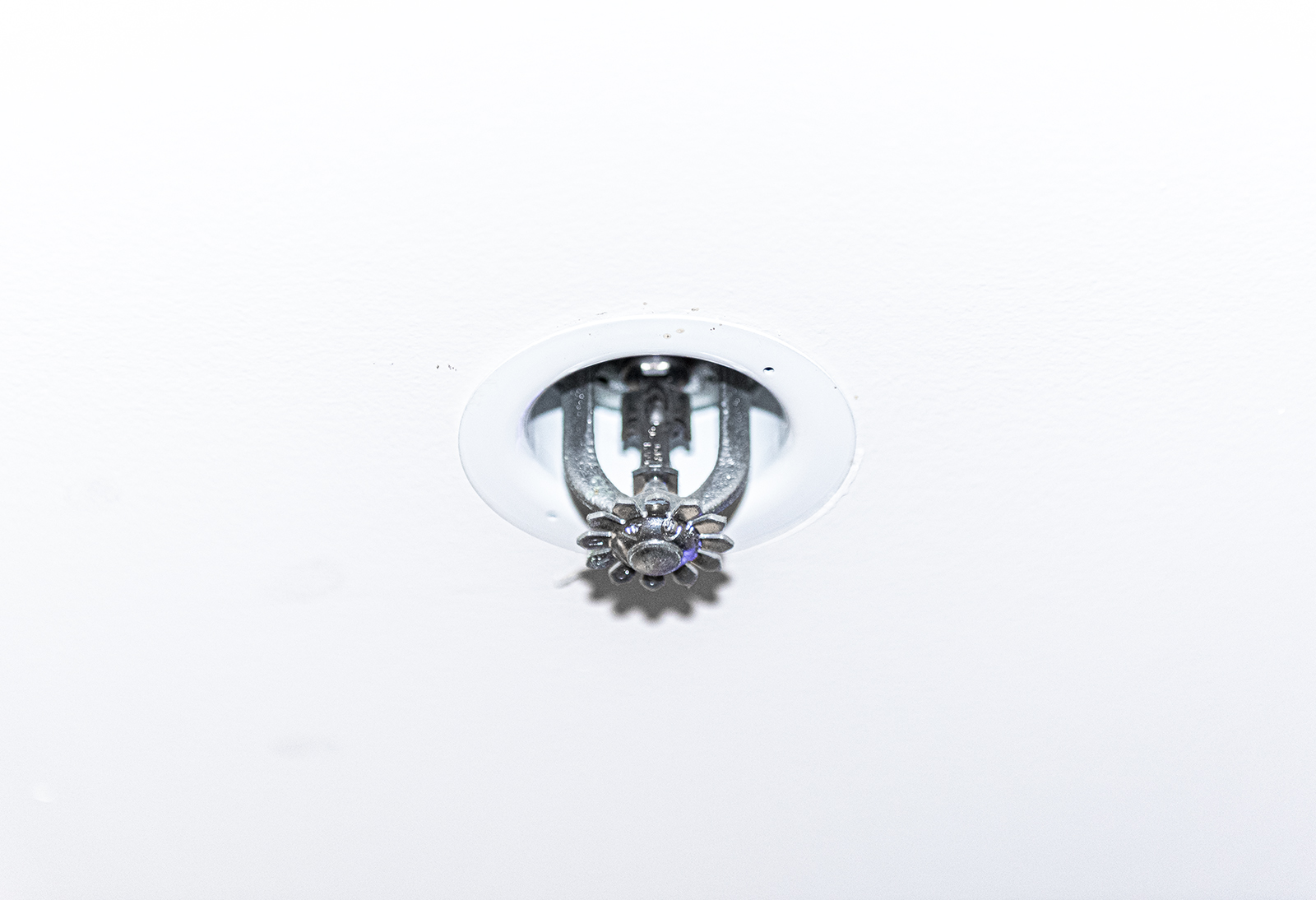Benefits of installing sprinklers in older buildings outweigh the costs

The lack of codification requiring indoor sprinkler systems for apartment buildings in the LA area recently led to a death. Los Angeles City Council cannot continue to ignore this issue. (Daily Bruin file photo)

By Sabrina Huang
Feb. 19, 2020 10:38 p.m.
History has a cruel way of repeating itself.
And for the Los Angeles City Council, the consequences of ignoring past mistakes have proven to be deadly.
In the morning hours of Jan. 29, a fire on the seventh floor of the Barrington Plaza apartment building in Brentwood killed a 19-year-old and injured 13 others.
The 25-story high-rise, which was built in 1961, did not have an indoor fire sprinkler system – an amenity that the National Fire Protection Association reports can increase the chances of survival by 80%.
Unfortunately, a fire in the very same building injured two residents and displaced more than 150 just six years ago. At the time, this sparked discussions of closing a loophole in city policy that exempted high-rise residential buildings built between 1943 and 1974 from having indoor sprinklers. But such talks quickly died as building owners decried the exorbitant costs of installing potentially life-saving amenities.
In response to the most recent fire, Councilmember Mike Bonin introduced a measure mandating all high-rise residential buildings in Los Angeles provide indoor fire sprinklers.
But as legislators hash out the details, residents are forced to live in unsafe conditions. While building owners have an obligation to protect their residents, they can easily exploit renters for profits without stringent guidelines. With discussions surrounding tenant safety already on the agenda, the Los Angeles City Council must take this opportunity to codify protections and prioritize the expansion of renters’ safety rights. This will not only save landlords immense costs in the long run but will also prevent devastating casualties.
Because the lack of safety is an ever-present threat in LA.
According to ABC7, the Los Angeles Fire Prevention Bureau identified 55 high-rise residential buildings in LA that do not have an indoor fire sprinkler system.
In a city that has seen a 65% increase in rent prices over the past decade, residents are often forced to make an arbitrary decision between affordability and safety.
“If it comes down to deciding between (an apartment) that has (sprinklers) and a higher cost, or one that doesn’t have (sprinklers and is) more affordable, I would choose the more affordable (one),” said Brian Cheng, a first-year human biology and society student.
But affordability shouldn’t mean choosing between basic safety measures.
Building owners seem happy to continue exploiting those who have no choice but to reside in unsafe conditions – and students are a part of that population. According to a map of the 55 high-rise residential buildings without indoor sprinkler systems, there are at least 10 in Westwood alone.
That means local residents and unsuspecting college students could be placed in a life or death situation, simply by virtue of their residence.
The lack of indoor sprinkler systems is often not publicized by building owners – a fact that is not helped by the assumption that these basic amenities are a given when tenants sign a lease.
“As a woman, I’m thinking about being attacked on my way back to the apartment,” said Taryn Phillips, a third-year psychology student. “Being caught in a fire is so in the back of my mind, but if the precautions aren’t being taken and there’s nothing in place to protect me from that; I guess I really should be thinking about it more.”
But tenant safety is not limited solely to fire concerns.
Jacob Woocher, a law student and organizer at the Westside chapter of the Los Angeles Tenants Union, said tenants often face trouble with mold, rodent infestations and decrepit living conditions. Landlord harassment, an issue the union is advocating against, may also make tenants feel unsafe.
The lack of proper safety guidelines can be used to oppress already-marginalized populations, such as low-income residents and communities of color.
“The common denominator in all of this is landlords trying to maximize profits by minimizing their spending on maintenance,” Woocher said. “We’re dealing with people who are marginalized, subordinated and exploited in all sorts of ways,”
This means the lack of safety protections for tenants can exacerbate racial, financial and health disparities. Not only does this contribute to the subjugation of residents – it also reinforces systems of institutionalized oppression.
Simply put, by expanding the protections of tenants’ safety rights through tangible legislative measures, the city council can help tackle larger societal injustices.
Councilmember Paul Koretz, who, alongside Bonin, introduced the recent measure mandating indoor fire sprinklers, said in an emailed statement he believes tenants’ rights are more important than anything else.
However, policy is needed to enact true change.
“There is nothing I can do to protect the safety of residents in those buildings without such a motion passing,” Koretz said. “While it will cost money, I think people’s lives should come first.”
And if the 13 other council members besides Koretz and Bonin are truly committed to this belief, the council must take the necessary steps to ensure tenants’ basic safety. Because at the end of the day, it shouldn’t take human casualties for progress to be achieved.
Installing indoor sprinkler systems will mean additional costs to both landlords and residents, neither of whom want to pay more. But those prices pale in comparison to the potential loss in both damages and human life that can result from not having the necessary precautions during an emergency. And if the measure is passed, the city hopes to secure federal funding to help offset installation costs.
The additional time and effort it would take to pass these policy measures would also help create long-term protections for current and prospective residents overwhelmed by a myriad other concerns.
It is time for the Los Angeles City Council to put its money where its mouth is by working to protect its residents.
Because if the cycle of negligence doesn’t stop now, history will repeat itself yet again.


